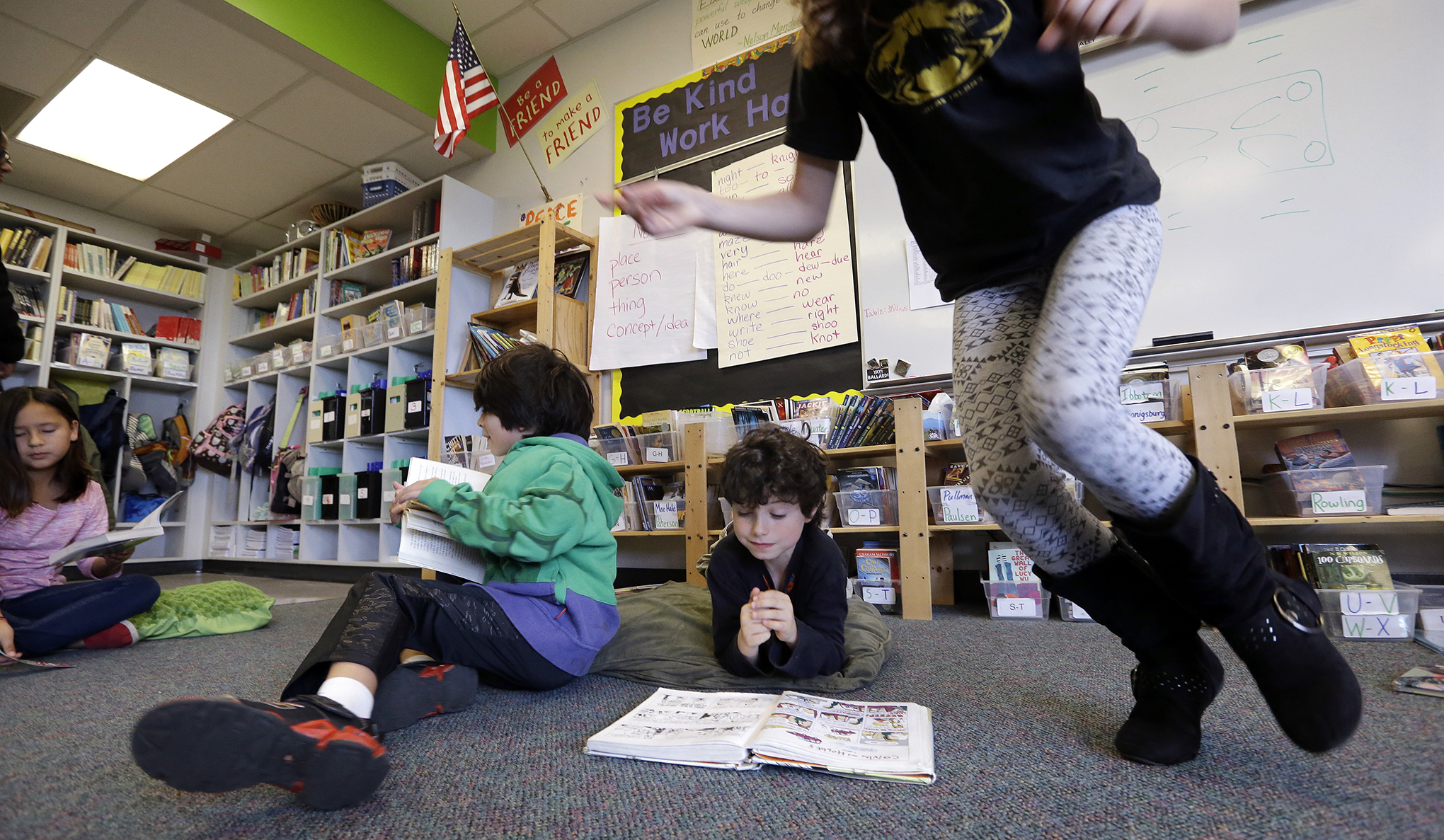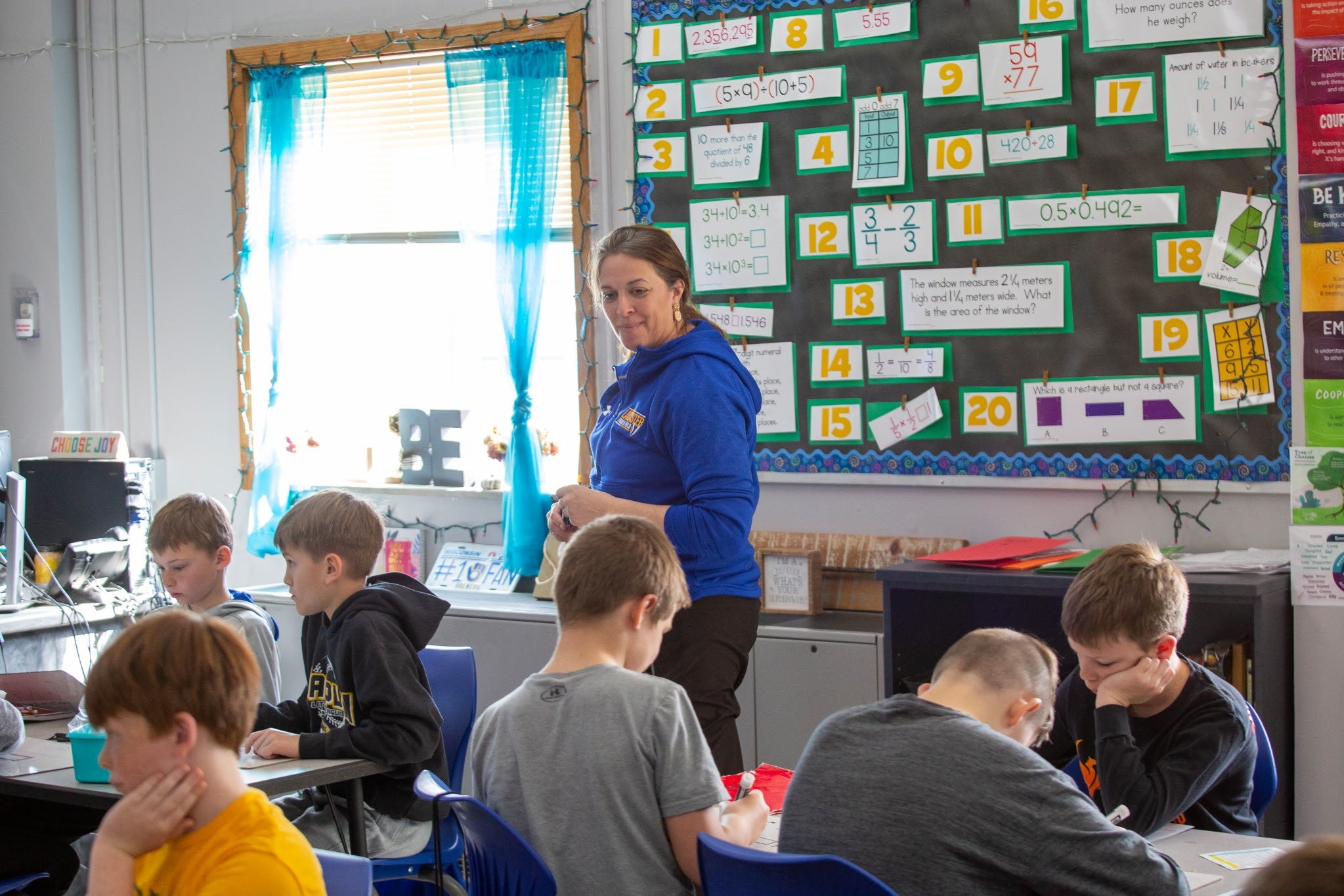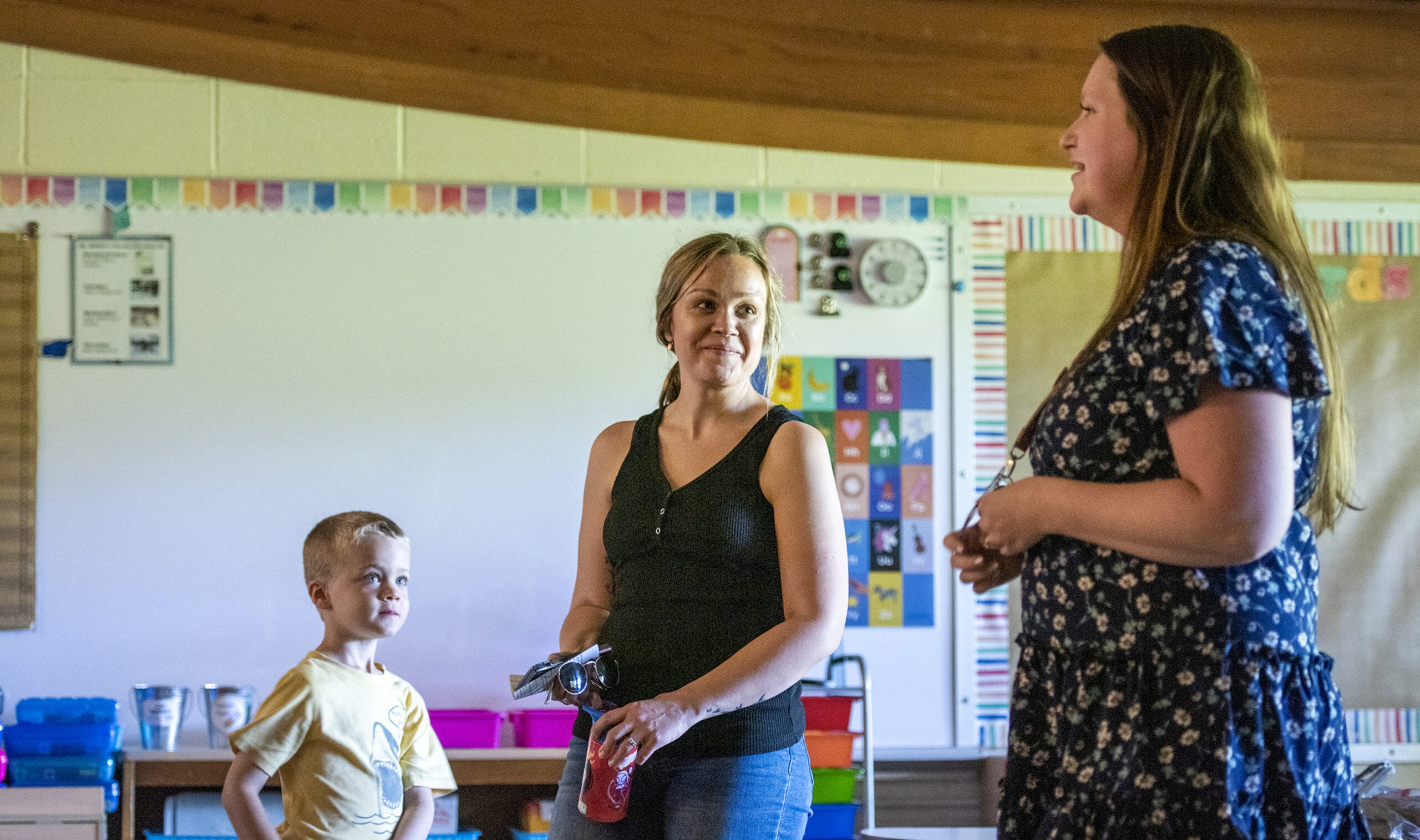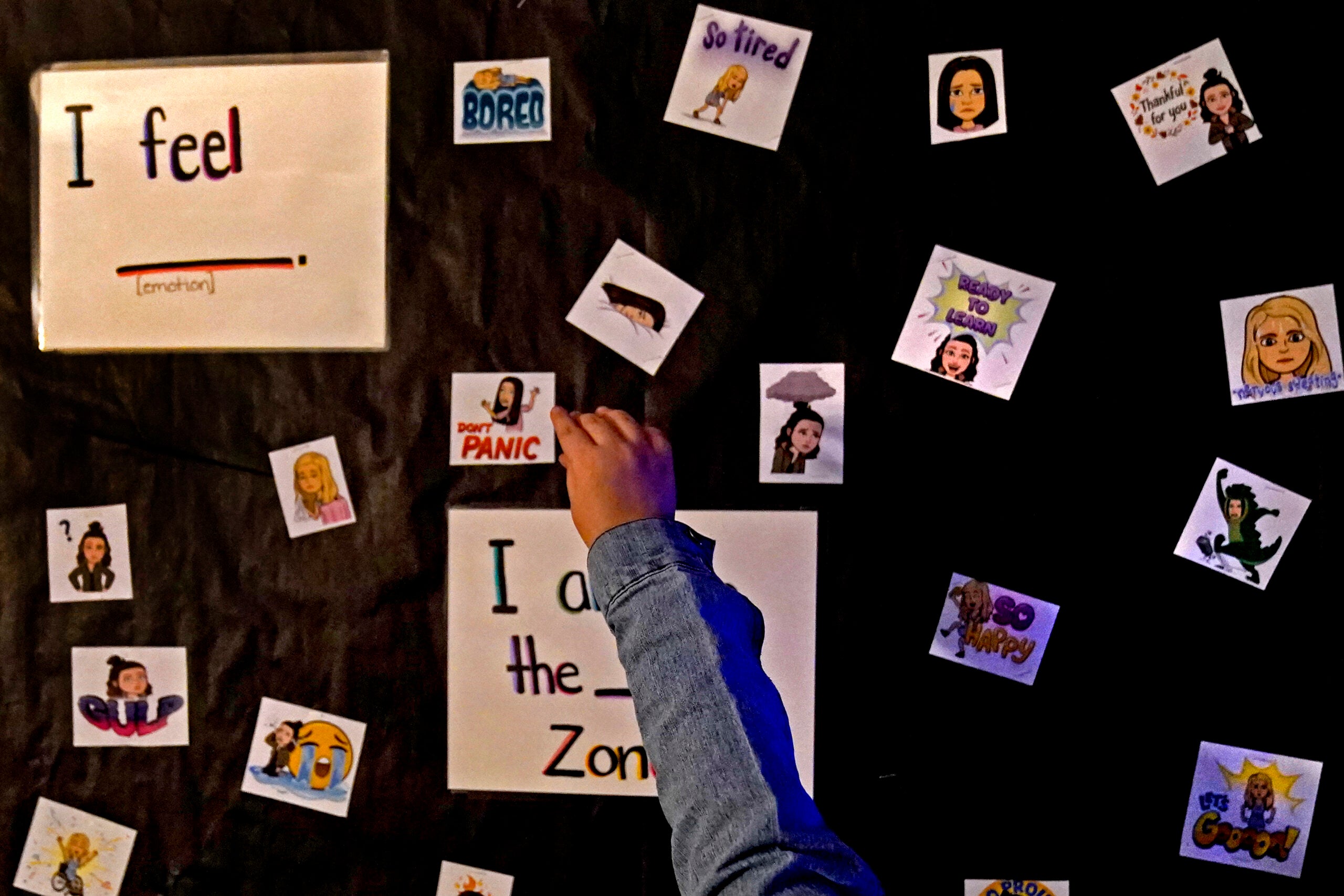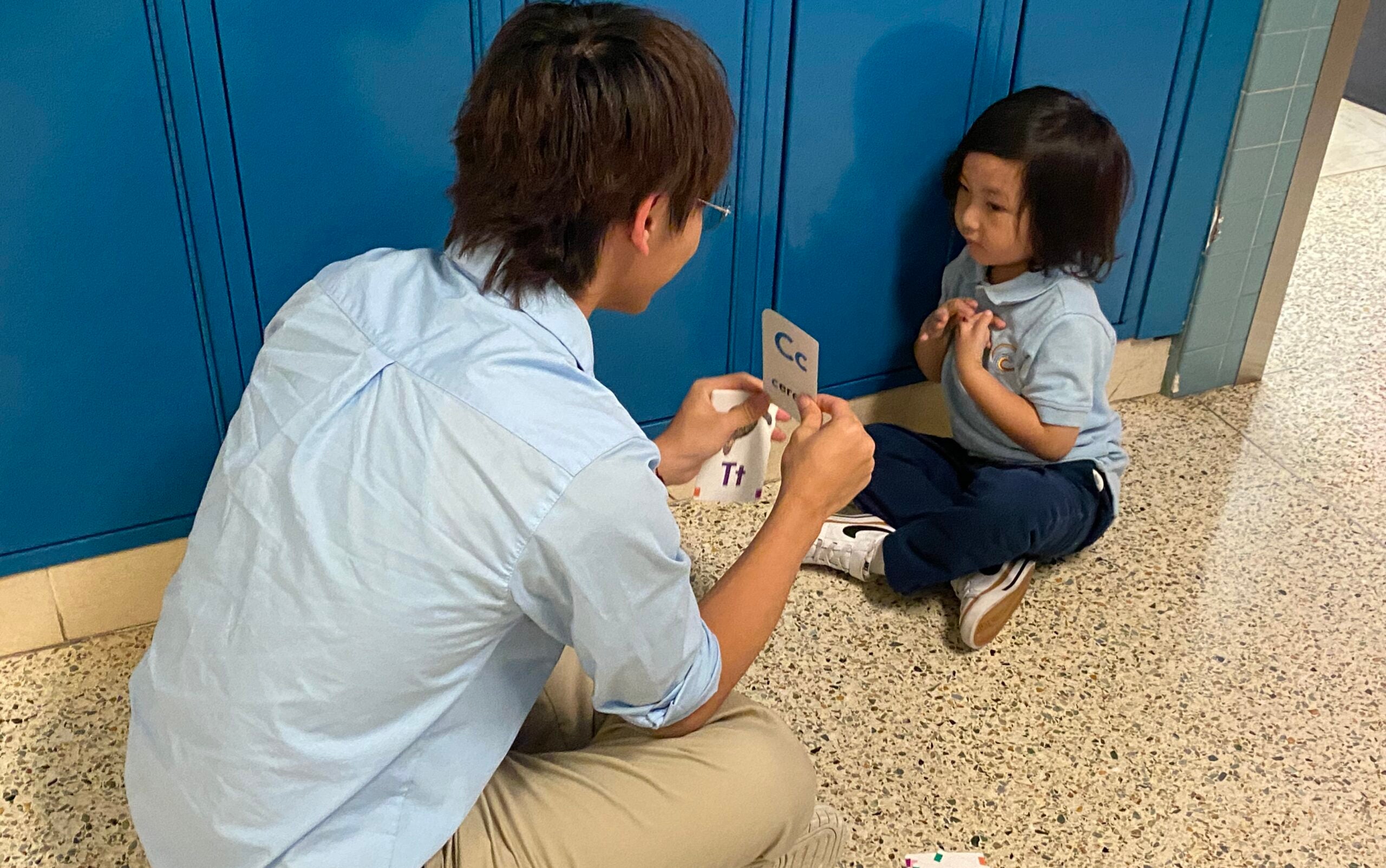Maddison Iwen beams when she talks about teaching fourth graders at Coloma Elementary School in the Central Wisconsin-based School District of Westfield.
The University of Wisconsin-Madison graduate, who will begin her fourth year heading a classroom this fall, says she was born to teach. But even with this enthusiasm, Iwen knows it might not be for everyone.
In fact, Iwen says teaching isn’t what she thought it would be.
Stay informed on the latest news
Sign up for WPR’s email newsletter.
“I had a very privileged view of education, coming from a very white, middle-class background,” Iwen said. “I didn’t see how much work has to go on behind the scenes to truly meet the needs of all my students. I think being a teacher means much more than curriculum and content. It’s absolutely wearing five or six hats at a time and being OK with that.”
That challenge may be making the career less attractive at a time when women, who traditionally made up the majority of classroom teachers, have many more options than in the past. Nationwide, fewer college students are majoring in education.
This week, about 100 early-career teachers were at UW-Madison for an event aimed at supporting new educators. The group gathered at the annual conference as both the number and share of new college graduates with a bachelor’s degree in education have decreased over the last few decades.
The decline has occurred even as the overall number and share of people with a college degree has increased.
In 2019-20, the most recent year with available data, colleges and universities awarded 85,057 bachelor’s degrees in education, about 4 percent of the more than 2 million total degrees issued that year, according to a report last fall from the Pew Research Center that analyzed data from the National Center for Education Statistics.
That was down 19 percent from 2000-01, when colleges and universities issued more than 105,000 bachelor’s degrees in education, or roughly 8 percent of all undergraduate degrees, according to Pew. Leaders of some Wisconsin universities say their education programs are steady or growing despite those national trends. But that doesn’t seem to be leading to an increase in teaching job candidates in the state.
In Wisconsin, Department of Public Instruction data from 2021 – the latest data available – showed 5,391 people graduated with teaching degrees, but only 3,618 of those graduates became teachers in the state.
Wisconsin’s teachers are overwhelmingly white, almost 95 percent; and female, about 72 percent, according to DPI.
Teacher retention rates are 67 percent after their first five years, according to DPI. Pew’s research found only 16 to 18 percent of Wisconsin’s teachers are under 30 years old.
With fewer people going into education, and many of those leaving the profession early in their careers, school districts are struggling to attract and retain teachers.
The latest research from 2022 found Milwaukee Public Schools was down about 230 teachers and the Madison Metropolitan School District had 140 teacher vacancies. Racine Unified School District had to fill about 70 teacher vacancies.
A survey conducted in summer 2022 by School Choice Wisconsin found there were 355 open K-12 teacher positions at the 133 Choice schools that responded.
There are several possibilities why fewer people are expressing interest in going into education and staying in the field once they graduate. Those include high levels of stress, low or stagnant wages and concern about political and ideological arguments surrounding what is taught in classrooms.
Kelli Danielski, assistant dean of the UW-Whitewater College of Education, said the college has not seen a decline in education majors over the years, despite national trends. But she knows once students graduate, retention can be difficult.
UW-Whitewater has about 1,500 undergraduate students majoring in education and issues the most licenses in the state.
Danielski said elementary education majors meet several times during their semester of student teaching to share their experiences and challenges.
“Our students are completing their degrees successfully and becoming wonderful teachers, and they are getting into the field, and I think we’re seeing a relatively high burnout rate,” Danielski said.
UW-Madison’s School of Education has grown its overall number of students in teacher education programs 10 percent since 2020.
That’s the year the school launched the Teacher Pledge. So far, 641 students have either graduated or are enrolled in the program that pledges to pay the equivalent of in-state tuition and fees, testing and licensing costs for all teacher education students. In return, the student pledges to work at a Wisconsin school for three to four years after graduation.
“When we instituted the Teacher Pledge we were really interested in attracting more students into teaching, more diverse students and raising their standards of living,” said Diana Hess, dean of the UW–Madison School of Education. “We know we can’t do anything directly about teacher salaries, but we’re hoping we will be able to raise teacher standard of living and provide them with incentive to stay in teaching.”
The program is funded by donations – so far $26 million. Hess is hoping to raise another $12 million, so the Teacher Pledge can be funded through the decade.
“My concern is obviously donors can’t pay for this in perpetuity, and this doesn’t affect all the other teacher prep programs in the state,” Hess said. “We’re hoping this will provide a model the state Legislature would adopt in the future.”
Wisconsin Public Radio, © Copyright 2025, Board of Regents of the University of Wisconsin System and Wisconsin Educational Communications Board.

